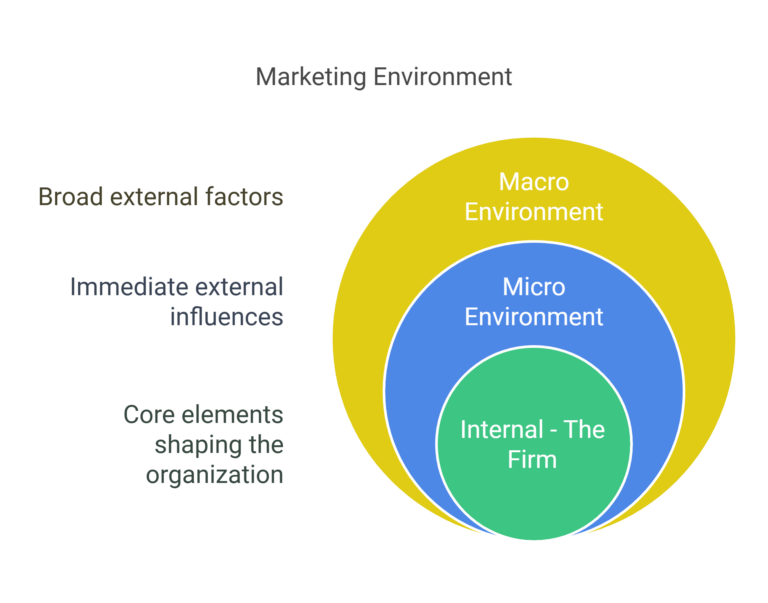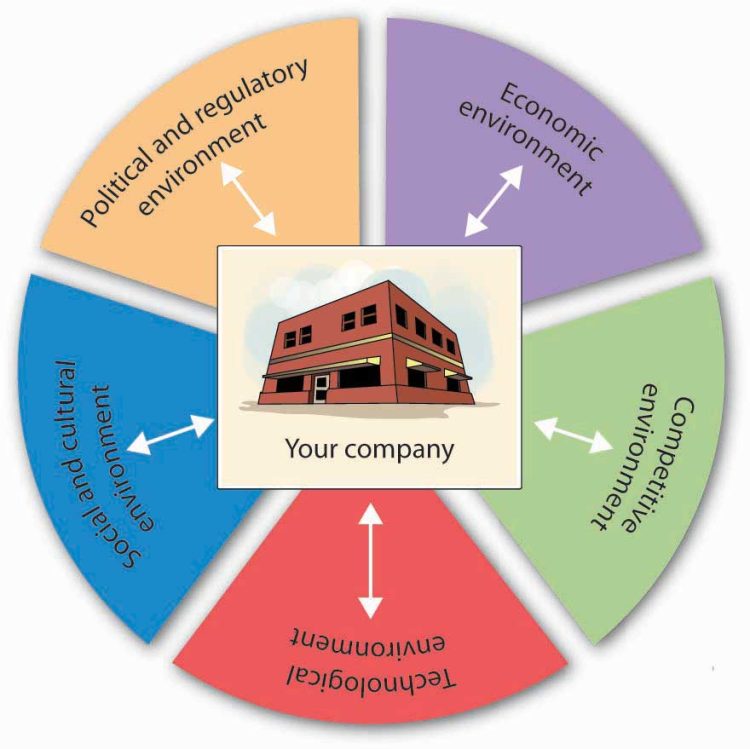Introduction
The modern business world is defined by volatility, uncertainty, complexity, and ambiguity—a reality often summarized by the acronym VUCA. While traditional business theory emphasizes competition as the primary driver of success, the current era calls for a shift in perspective.
Enterprises today face not only market rivals but also systemic disruptions: pandemics, geopolitical shifts, climate crises, and rapid technological change. To survive and thrive, businesses must prioritize resilience—the ability to adapt, recover, and evolve in the face of ongoing disruption.
This article explores why resilience is the new competitive advantage, how it reshapes enterprise strategy, and what lessons can be drawn from businesses that have endured through turbulence.
1. The Changing Market Landscape
1.1 From Stability to Constant Flux
In the mid-20th century, businesses operated in relatively stable environments. Companies could rely on long-term planning and incremental innovation.
Today, globalization and digital transformation have accelerated change, creating unpredictable shifts in supply chains, customer demands, and regulatory frameworks.
1.2 The Limitations of Traditional Competition
Conventional competition focuses on outperforming rivals in the same industry by lowering costs or differentiating products. However, in an environment defined by disruption, focusing solely on competitors can blind organizations to systemic risks and opportunities.
1.3 Disruption as the New Norm
Technological breakthroughs, like AI and blockchain, combined with climate and demographic changes, mean that “business as usual” is no longer viable. Organizations that fail to adapt are often overtaken by new entrants or sidelined by emerging technologies.
2. Understanding Enterprise Resilience
Resilience is not merely the capacity to “bounce back” after a crisis. It is the strategic capability to anticipate, prepare for, and transform in response to disruption.
Key Characteristics of Resilient Enterprises:
- Adaptive Agility:
The ability to pivot strategies quickly in response to changing conditions. - Robust Risk Management:
Proactively identifying vulnerabilities and creating contingency plans. - Innovative Culture:
Encouraging experimentation, learning from failures, and investing in future-ready capabilities. - Collaborative Networks:
Building alliances across industries, supply chains, and even competitors to share knowledge and reduce exposure to shocks. - Sustainability and Stakeholder Trust:
Integrating ESG priorities to ensure long-term legitimacy and customer loyalty.

3. Building Blocks of Resilient Enterprises
3.1 Strategic Foresight
Resilient enterprises use scenario planning and data-driven forecasting to prepare for a range of possible futures.
3.2 Financial Flexibility
Maintaining strong liquidity and diverse revenue streams allows companies to endure downturns and seize emerging opportunities.
3.3 Human Capital Development
Investing in employee reskilling and fostering a culture of continuous learning ensure that organizations remain innovative and agile.
3.4 Digital and Technological Infrastructure
Adopting digital platforms, cloud computing, and AI-driven analytics strengthens adaptability and enhances real-time decision-making.
3.5 Ecosystem Collaboration
Rather than focusing solely on competition, resilient enterprises engage in partnerships with suppliers, customers, startups, and even regulatory bodies to address systemic challenges.
4. Comparative Case Studies
4.1 Toyota vs. Competitors during Supply Chain Shocks
Toyota’s adoption of just-in-time production once exposed it to risks, but its investment in supplier diversification and crisis response strategies allowed it to rebound faster than competitors during global semiconductor shortages.
4.2 Netflix vs. Traditional Media
Netflix thrived in the digital streaming revolution by anticipating technological and consumer shifts, whereas many traditional broadcasters struggled due to their dependence on outdated distribution models.
4.3 Patagonia’s Resilience through Sustainability
By integrating environmental sustainability into its core business model, Patagonia not only strengthened its brand reputation but also enhanced its supply chain resilience amid climate-related disruptions.
4.4 SMEs and Digital Platforms
Many small and medium enterprises leveraged e-commerce platforms and flexible work models to remain competitive during the COVID-19 pandemic, demonstrating that resilience is not limited to large corporations.
5. Beyond Competition: The Future of Business Strategy
5.1 From Rivalry to Collaboration
In an interconnected world, no enterprise can tackle systemic risks alone. Partnerships across industries and sectors will become a source of resilience.
5.2 Embracing Continuous Transformation
Businesses must see transformation as an ongoing process rather than a one-time reaction to crises.
5.3 Resilience as a Performance Metric
Investors and stakeholders increasingly value resilience indicators—such as supply chain robustness, workforce adaptability, and ESG performance—alongside traditional financial metrics.
5.4 Aligning with Societal Goals
Organizations that integrate their growth with climate action, equitable labor practices, and community development will secure long-term legitimacy and stability.
6. Strategic Insights for Leaders
- Cultivate a Resilient Culture:
Encourage curiosity, risk-taking, and the capacity to learn from setbacks. - Leverage Technology for Anticipation:
Use advanced analytics and AI to monitor market signals and anticipate disruptions. - Diversify Revenue and Supply Chains:
Avoid overdependence on single markets or suppliers. - Engage Stakeholders Proactively:
Build transparent relationships with regulators, communities, and customers to foster trust. - Integrate Resilience into Core Strategy:
Treat resilience not as a reactive measure but as a defining element of competitive advantage.
Conclusion
The future of business lies not in defeating rivals but in thriving amid uncertainty. Resilient enterprises recognize that long-term success comes from adaptability, collaboration, and purpose-driven strategies that align with evolving market and societal expectations.
In a rapidly changing market landscape, the companies that prioritize resilience over short-term competitive gains will not only survive disruptions but also shape the future of global commerce.
















































